NOSPR / Todorov / A revolutionary symphony - NOSPR
NOSPR / Todorov / A revolutionary symphony
Johann Nepomuk Hummel’s career spanned two eras – those of classicism and romanticism. As a child and teenager, he studied with Joseph Haydn and Wolfgang Amadeus Mozart. Later, he befriended Ludwig van Beethoven, and later still the young Fryderyk Chopin, the Polish composer highly valuing his compositions and finding them inspirational for his own early work. Hummel’s Concerto in E-flat major for the trumpet was composed in 1803, with Anton Weidinger, a Viennese virtuoso of the instrument, in mind. Its premiere in a New Year concert in January 1804 was a celebration of the composer being appointed Konzertmeister to Nikolaus II, Prince Esterházy's estate. The soloist is accompanied by a small orchestra consisting of flutes, clarinets, oboes, horns, timpani and strings. The mood is bright, and the virtuosic parts are suggestively combined with lyrical ones.
Ludwig van Beethoven’s Symphony No. 1 in C major was composed at the same time as Hummel’s work. Its premiere to place in Vienna in 1800 and the strong impression it made helped its creator reinforce his position among the city’s musicians. Commentators pointed out the work’s innovativeness, which lay in surprising key changes, strong and unexpected rhythmical accents, as well as an increased autonomy of woodwind instruments. Paradoxically, later researchers preferred to emphasise the fact that this early work of Beethoven’s still features, quite naturally for a rather young composer, significant influence of Haydn’s and Mozart’s oeuvres. The truth lies in the middle – this is a work in which achievements of previous generations were creatively transformed by a progressively oriented composer.
Oskar Łapeta
Concert duration: approximately 70 minutes
Upcoming events
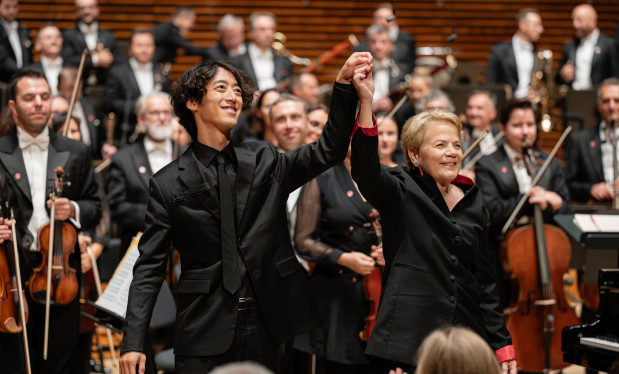
Japan tournée / NOSPR / Marin Alsop / Hayato Sumino / Masaya Kamei
Tokyo Opera City
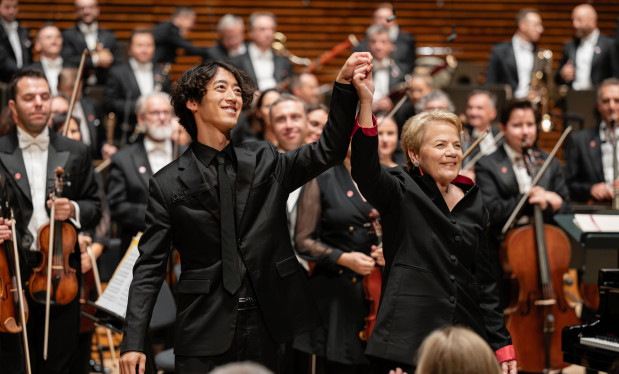
Japan tournée / NOSPR / Marin Alsop / Hayato Sumino
Toyama, Aubade Hall
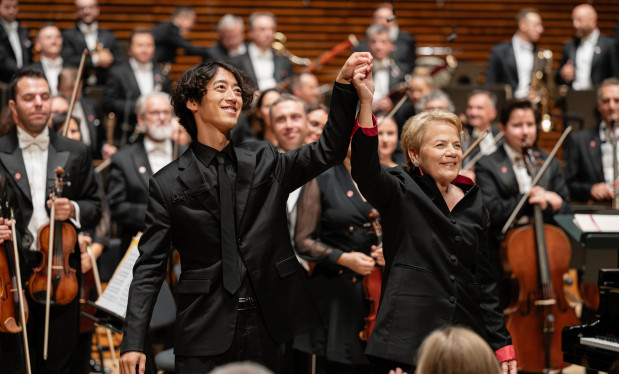
Japan tournée / NOSPR / Marin Alsop / Hayato Sumino
Osaka, The Symphony Hall
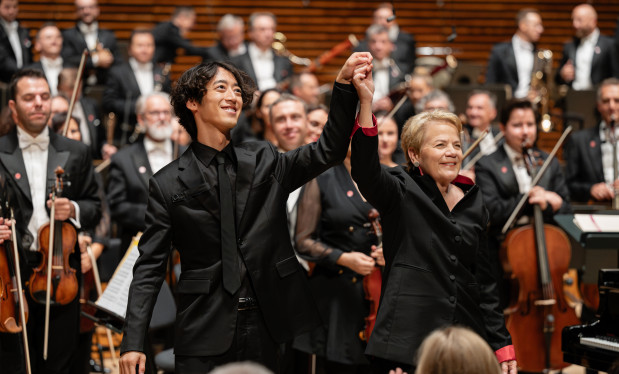
Japan tournée / NOSPR / Marin Alsop / Hayato Sumino
Kurashiki Shimin Hall
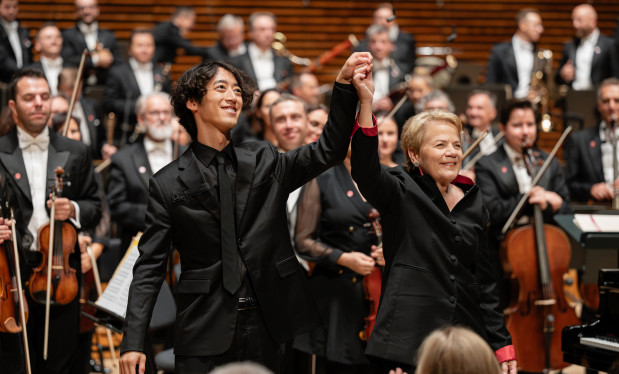
Japan tournée / NOSPR / Marin Alsop / Hayato Sumino
Yokohama, Minato Mirai Hall
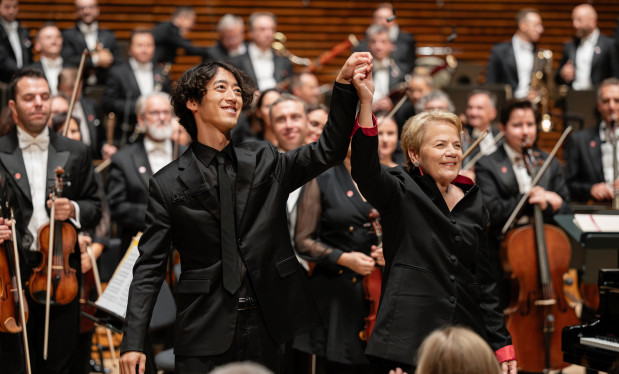
Japan tournée / NOSPR / Marin Alsop / Hayato Sumino
Tokio, Suntory Hall
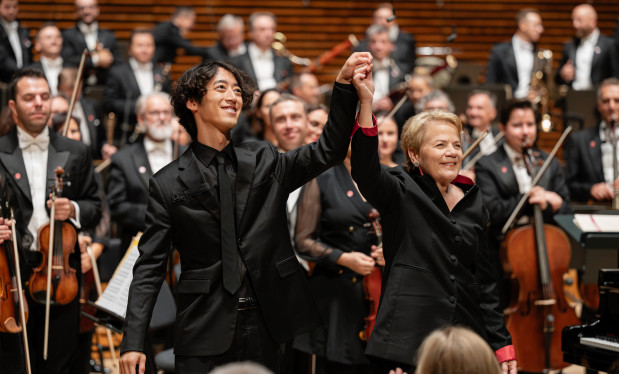
Japan tournée / NOSPR / Marin Alsop / Hayato Sumino
Nagoya, Aichi Prefectural Art Theater

Japan tournée / NOSPR / Marin Alsop / Hayato Sumino
Tokorozawa Muse
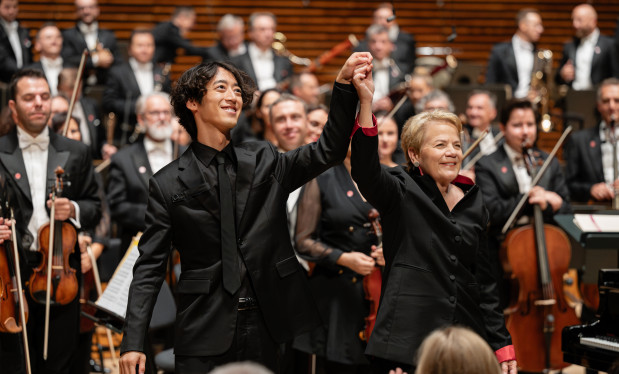
Japan tournée / NOSPR / Marin Alsop / Hayato Sumino
Chiba, Ichikawa Shimin Hall
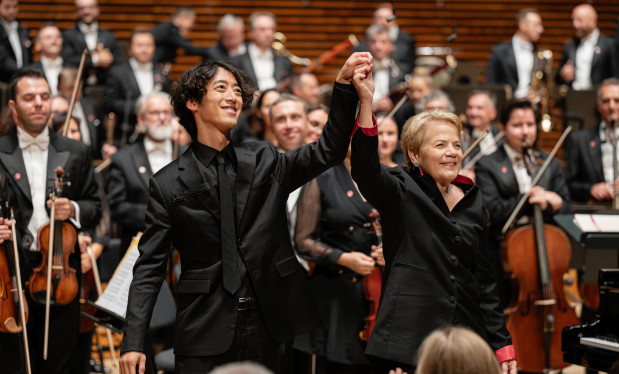
Japan tournée / NOSPR / Marin Alsop / Hayato Sumino
Shizuoka, Act City Hamamatsu





